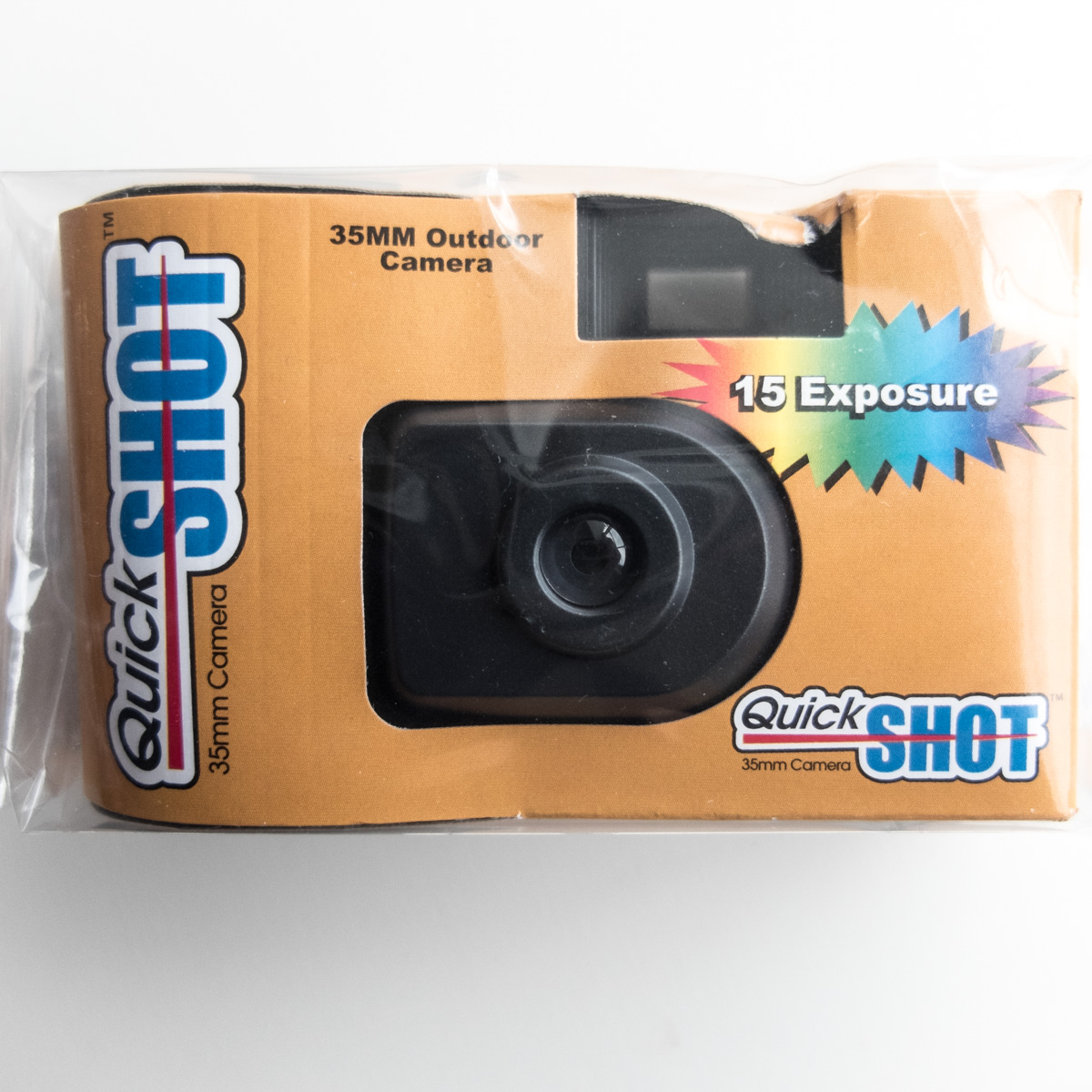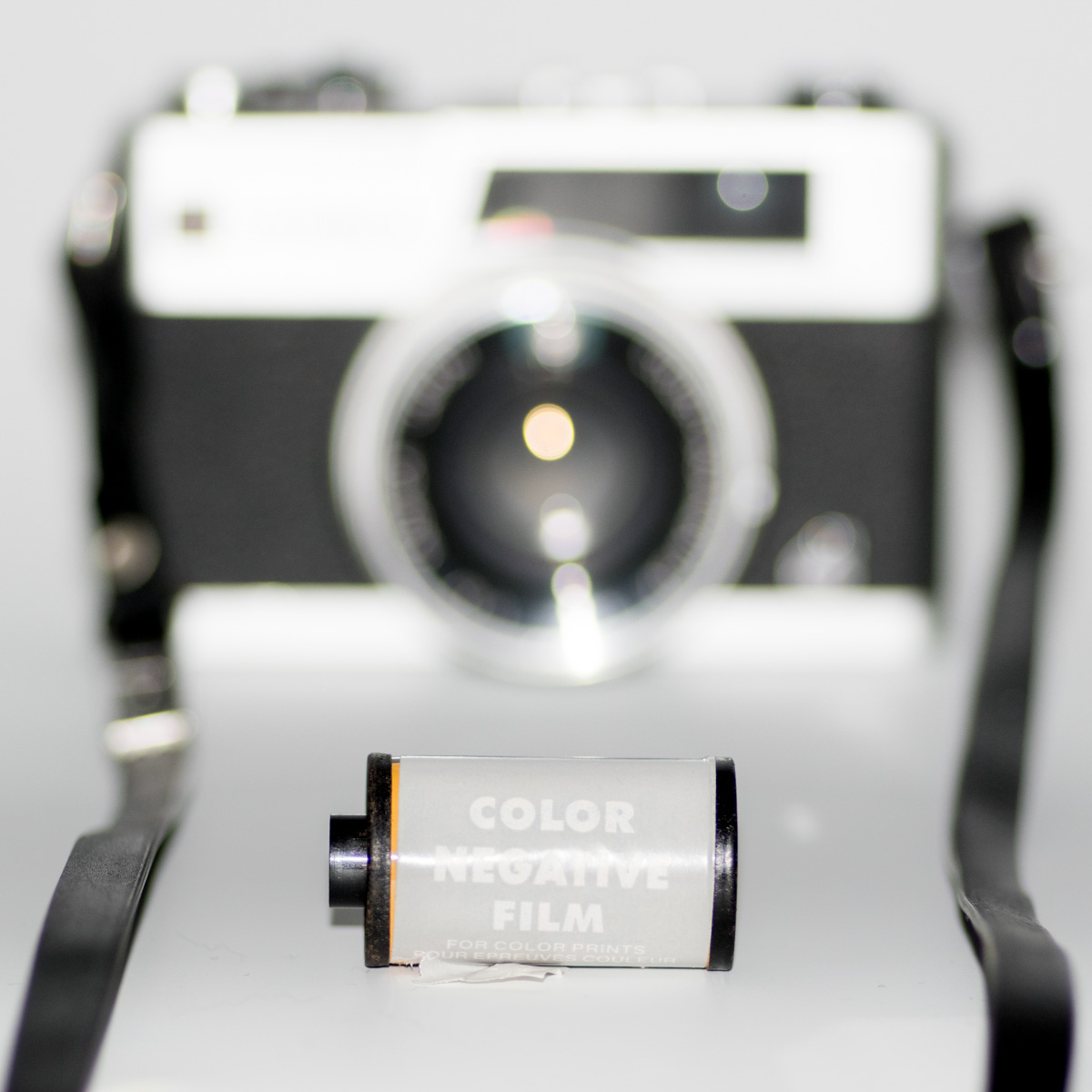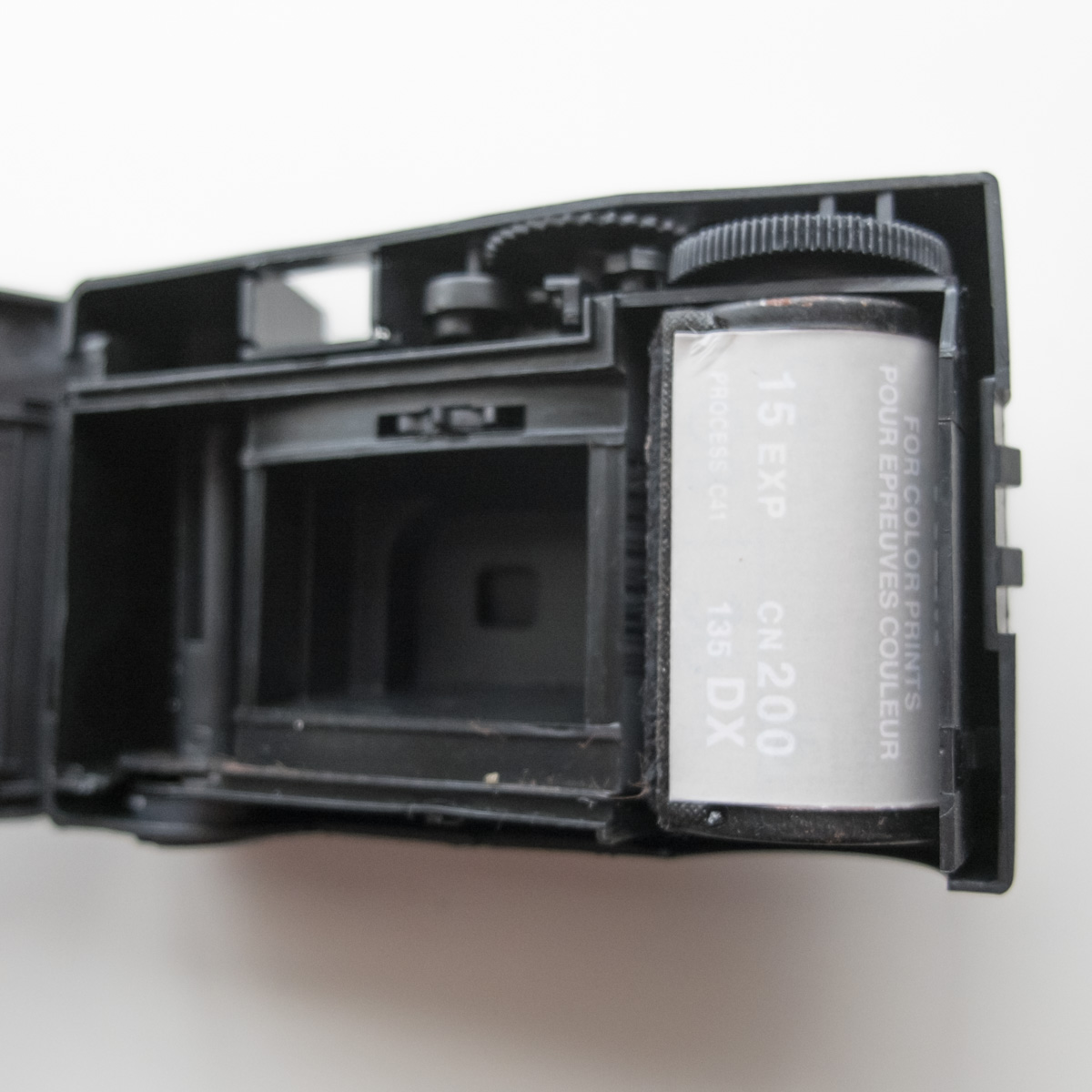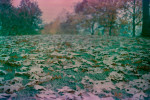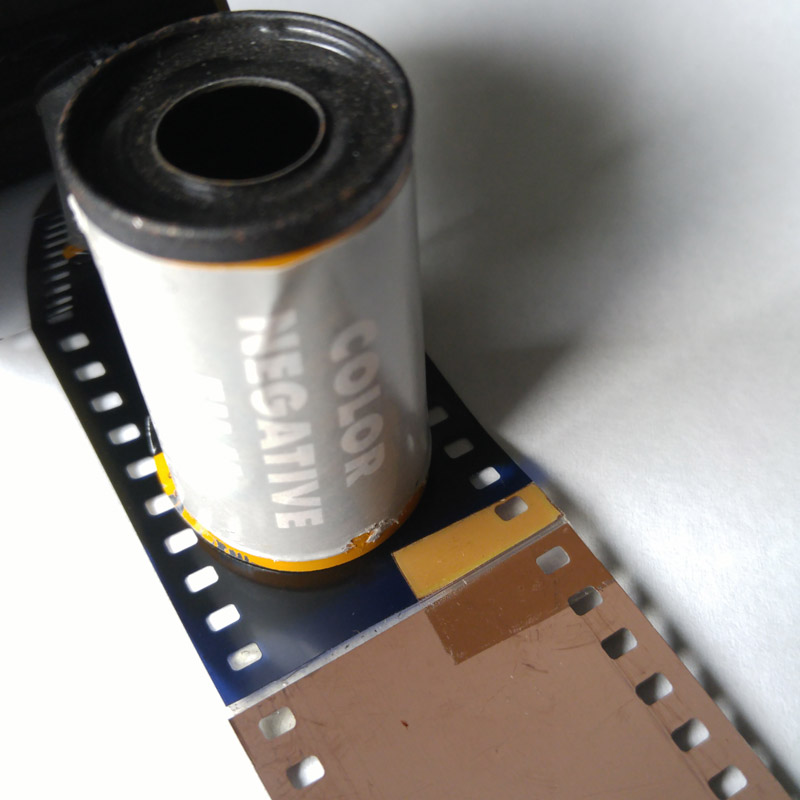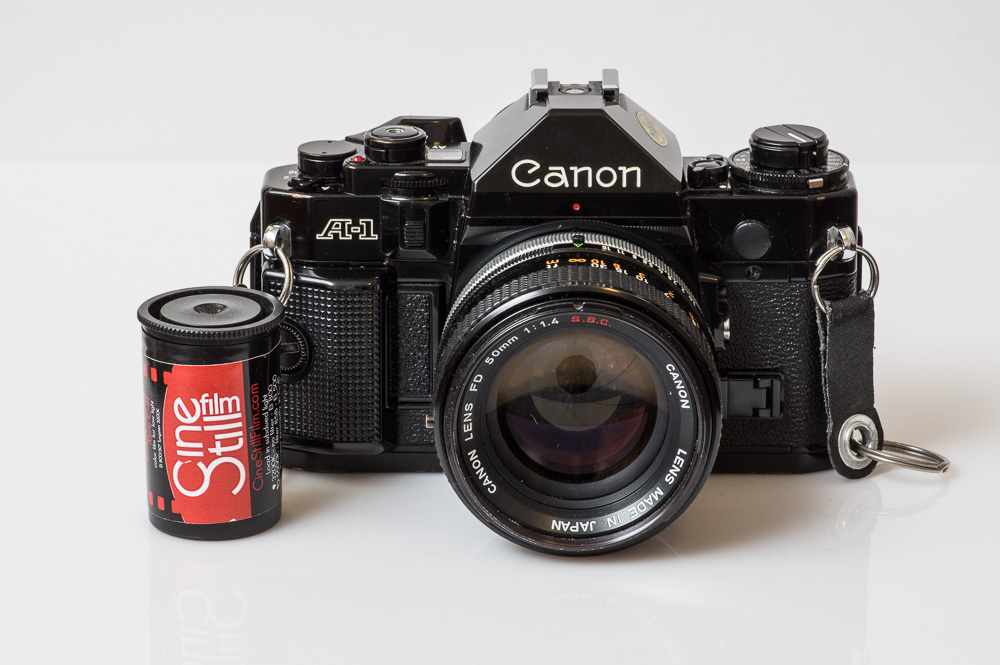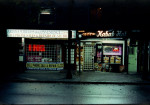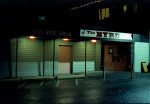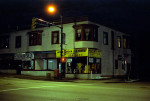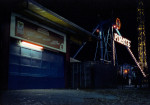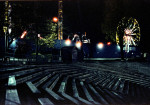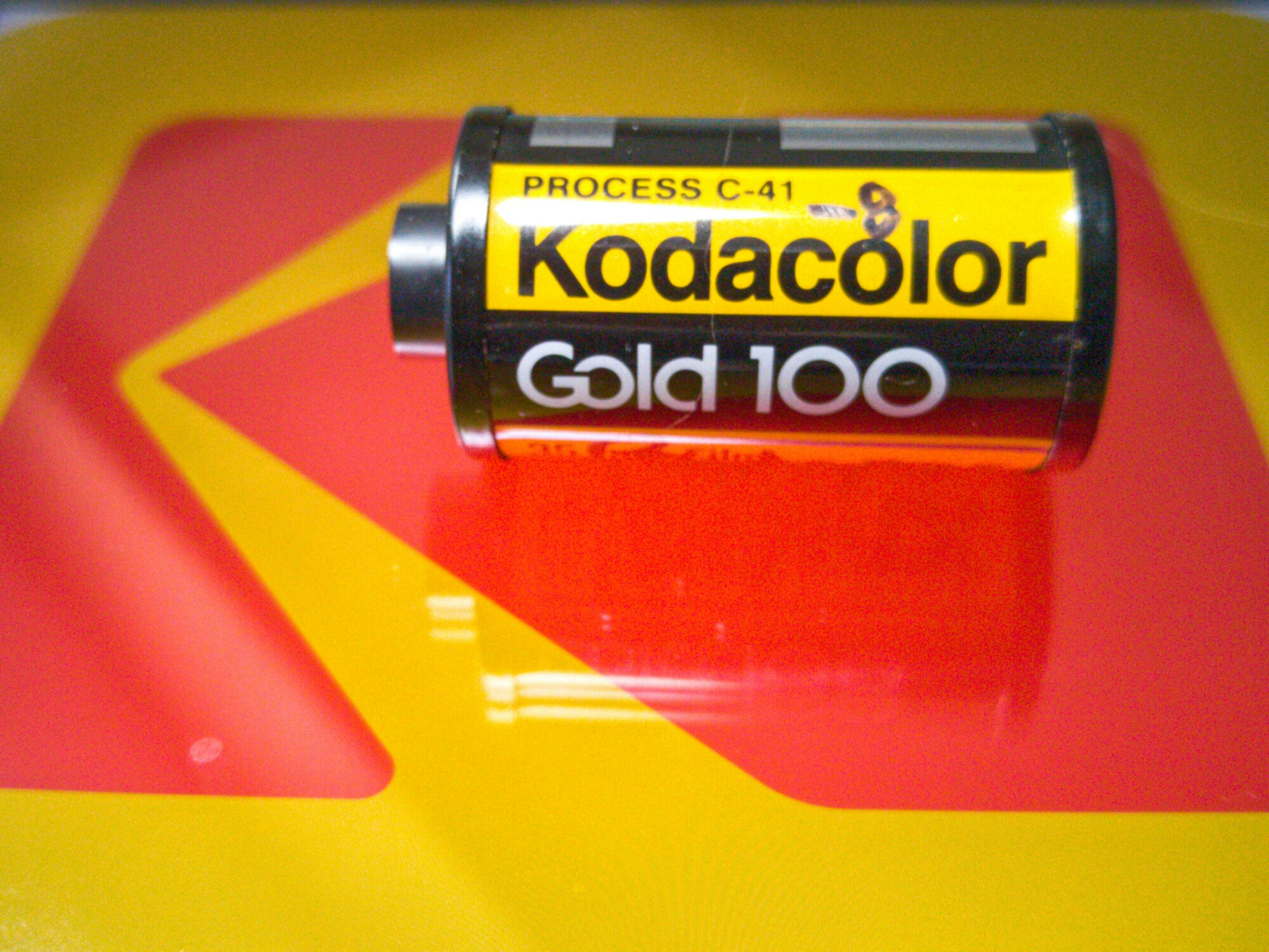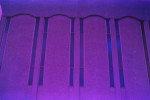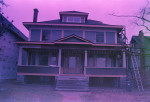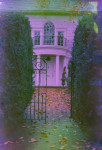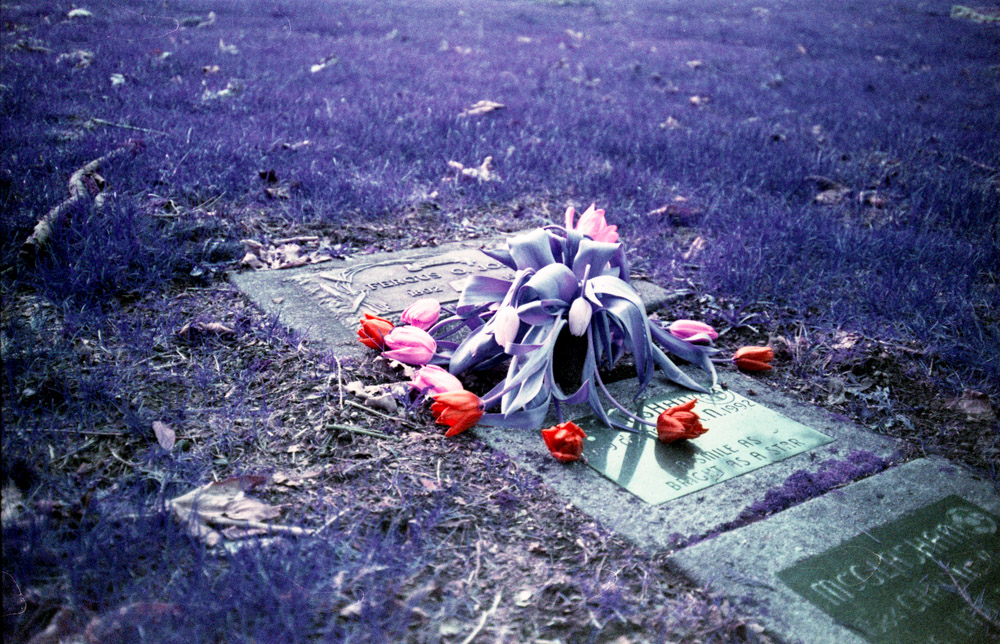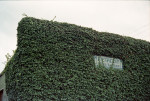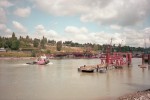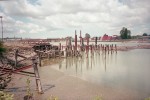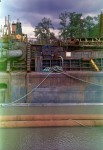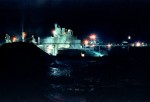
Between the time of writing this and posting it the world of instant film photography has been dealt a massive blow. Fuji has said they are discontinuing production of fp100c instant film. This was the last peel apart instant film available for use in pack film cameras like the Polaroid 300 series I use. This is the reply I received from Fuji when I voiced my displeasure.
We understand the disappointment you have regarding this product being discontinued. The decision to stop the manufacturing of the product wasn’t easy to take. Based on today’s market conditions, we had to stop production of the film.
We sincerely hope this information has been beneficial to you. If you should have any further questions or concerns, please do not hesitate to contact us in the future.
Thank you for choosing Fujifilm digital cameras
I’m not sure if they were pouring salt in the wound with that last line or they wanted to make sure I knew they make digital cameras.
Sigh now back to the original post.
As I write this there are about 25 different 35mm C41 colour negative films available which is not that different than it was 30 years ago. That may seem surprising but at that time colour slide film was the gold standard and negative film was for snapshots and amateurs. Now slide film has all but disappeared. Some manufacturers have also left the market over the years 3M,Scotch,Polaroid, Konica and others leaving Fuji and Kodak and a few smaller niche producers and resellers like Adox, Agfa, Cinestill and Lomography. While film doesn’t feel like it is in imminent danger of completely disappearing as it once seemed a few years ago there could still be more changes to come.
Fuji Film has consolidated its 35mm negative film into Pro400h and Superia 200/400/800 they also have announced a further price increase.
The demand for film products is continuously decreasing and the cost of production, such as raw materials stays at a high level and cost increase associated with lower volumes becomes much serious. Under such circumstances, despite our effort to maintain the production cost, Fujifilm is unable to absorb these costs during the production process and is forced to pass on price increases.
To sustain its photo imaging business, Fujifilm has decided to increase the price of photographic films.
Fujifilm remains committed to photographic products despite its price change.
Something that may surprise people is that in this world of digital cameras Fuji Film actually made more profit from their film business than from their camera sales in fact its not even close.

It makes sense if you think about it. You sell a digital camera once at a small profit margin but if you sell a film camera that you provide the film for at a good profit your going to do better. And if you expand the market as Fuji has then you will make even more. Most of this income though is from Instax cameras and their instant film not 35mm film which continues to be a declining market. If your wondering optical device refers to things like cell phone camera modules.
So Fuji has emerged as the victor when it comes to instant films with The Impossible Project providing an alternative for those using existing Polaroid cameras. What about Kodak? In early 2016 Kodak has announced a new Super 8 movie film camera. Yes that’s right a super 8 movie camera.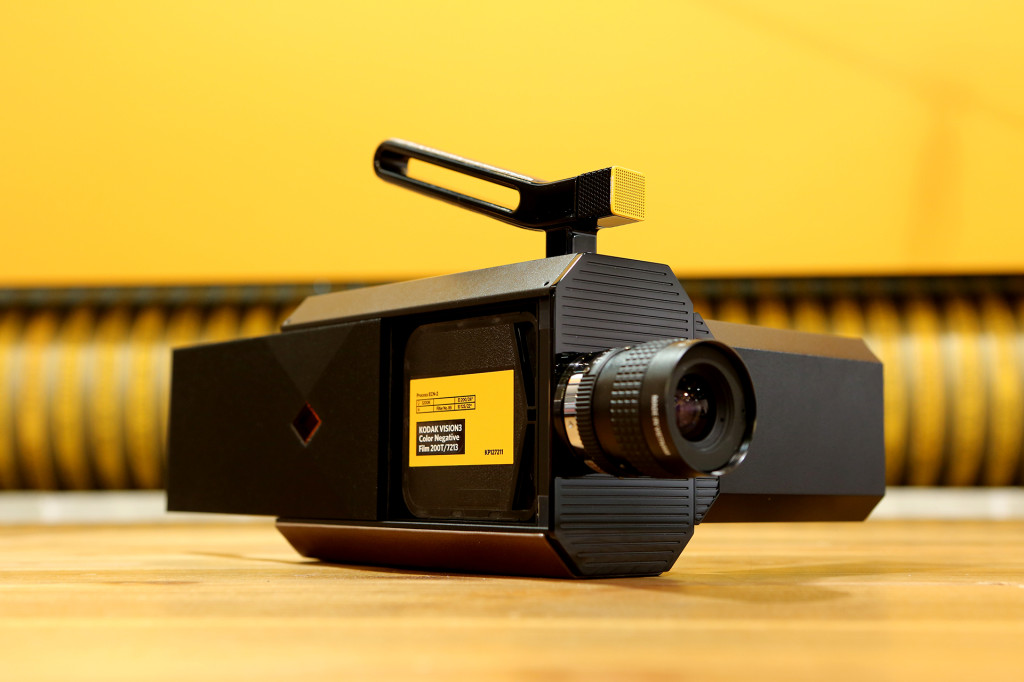
Before you dismiss this idea consider the fact that Kodak will be supplying the film as well as the camera much like Fuji and it’s Instax. The big question is will Kodak create a large enough market for this segment to sustain itself.

Getting back to 35mm film for a moment Kodak Alaris has vacated the consumer film business and now only sells its professional line of films such as Portra and Ektar as well as Tri-X and T-Max for Black and White. This is a nice lean line up of film and I hope to see it continue indefinitely as Ektar 100 is my favorite of all films.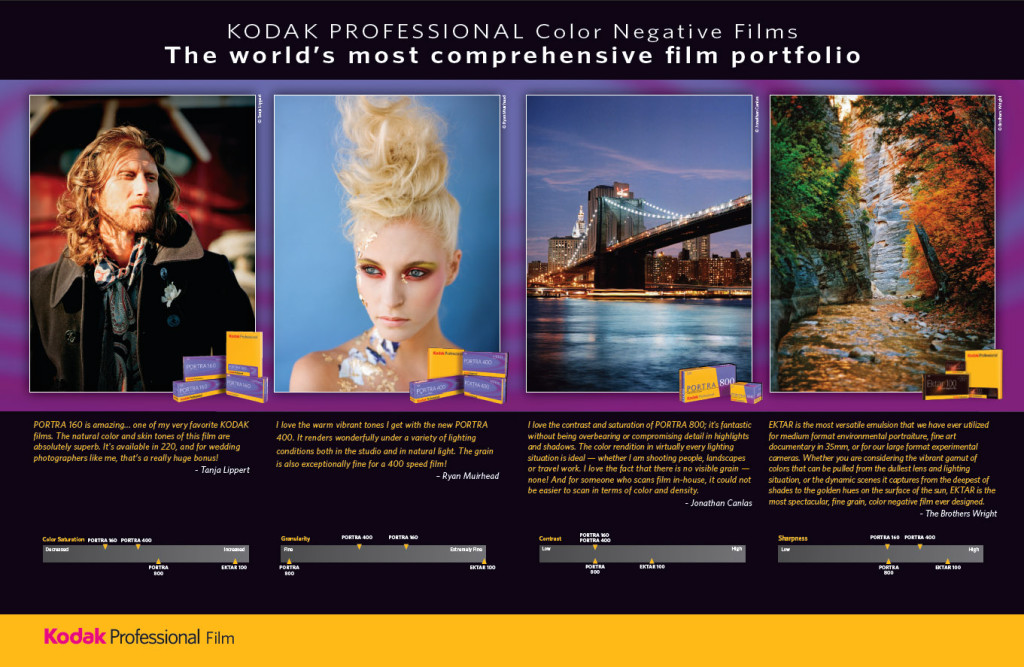
Agfaphoto seems to exist as a brand name for Lupis Imaging in Germany producing only 2 colour negative films now their Agfa Vista Plus 200 and 400 . They also produce one slide film and one black and white film in 100/400 ISO. Personally I use their Agfa Vista 200 for testing cameras because of its affordability and its actually a really good film.
Adox is another German company that produces a single color emulsion the retro looking Adox Color Implosion film. If there ever was a film that was the antithesis of digital this is it.

Rollei also makes Digibase CN200 which falls into the niche category as it is a color negative film with no orange mask. It is designed to be scanned rather than optically printed. I can’t pin down who actually makes this film but it seems to be German.
Based in France Film Washi claims to be the worlds smallest film company they have some very unique products but offer one colour negative film they call ‘Film X’ which apparently was developed for traffic surveillance. Honestly this film sounds a lot like the Rollei Digibase
Film Ferrania has had some delays but they continue to work towards restarting a film production facility in Italy with some modifications and downsizing.
Cinsetill film produces two films or more accurately takes two Kodak movie films and processes and packages them for 35mm camera use. The films are 50 Daylight and 800 tungsten. I love how with the ramjet layer removed 800T produces a halo around bright light sources.
Then there is Lomography they sell much of what I have already described as well as a few more like limited edition films from Kono and some that are unique to them like Lomochrome Purple
So in 2016 there are a variety of colour films available that run the gamut from Some of the best emulsions that have ever been available to 800 ISO movie film or even film with an ISO of 6 and films that create unique random effects. It’s actually a great time to be shooting film however it is more expensive than ever and the choices for developing have shrunken. If your willing to pay the price and find or do the developing there is a lot of versatility available, enjoy. May we shoot film for many years to come.
Links:Fuji Film ,Kodak Alaris ,Agfaphoto,Adox,Rollei,Film Washi ,Film Ferrania ,Cinsetill film ,Kono,Lomography
